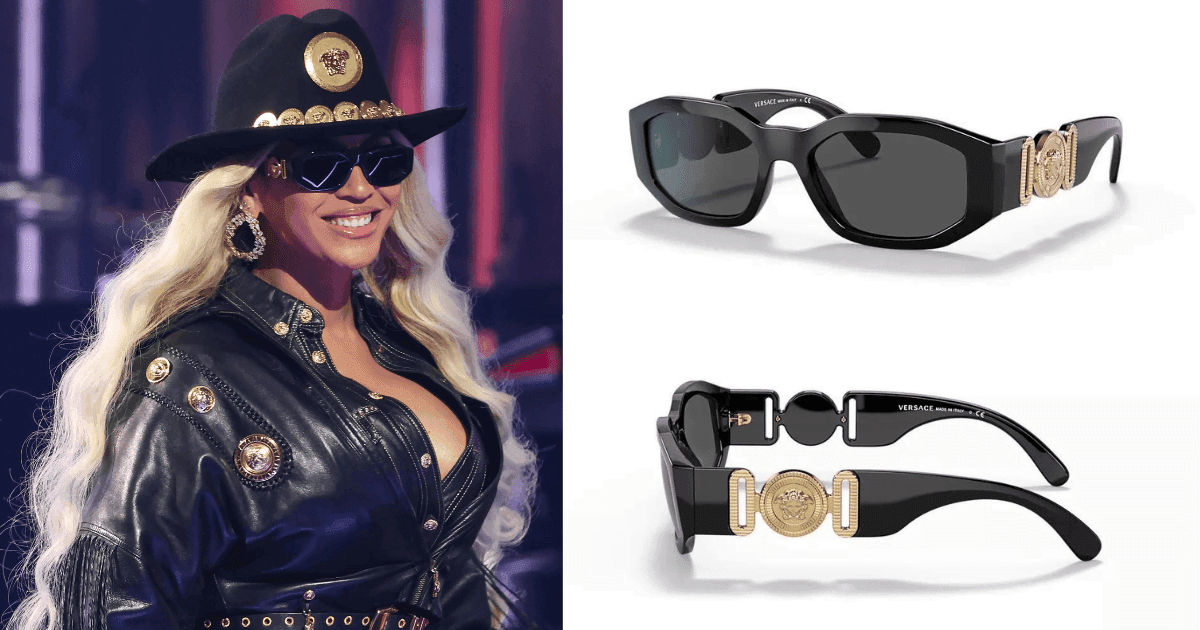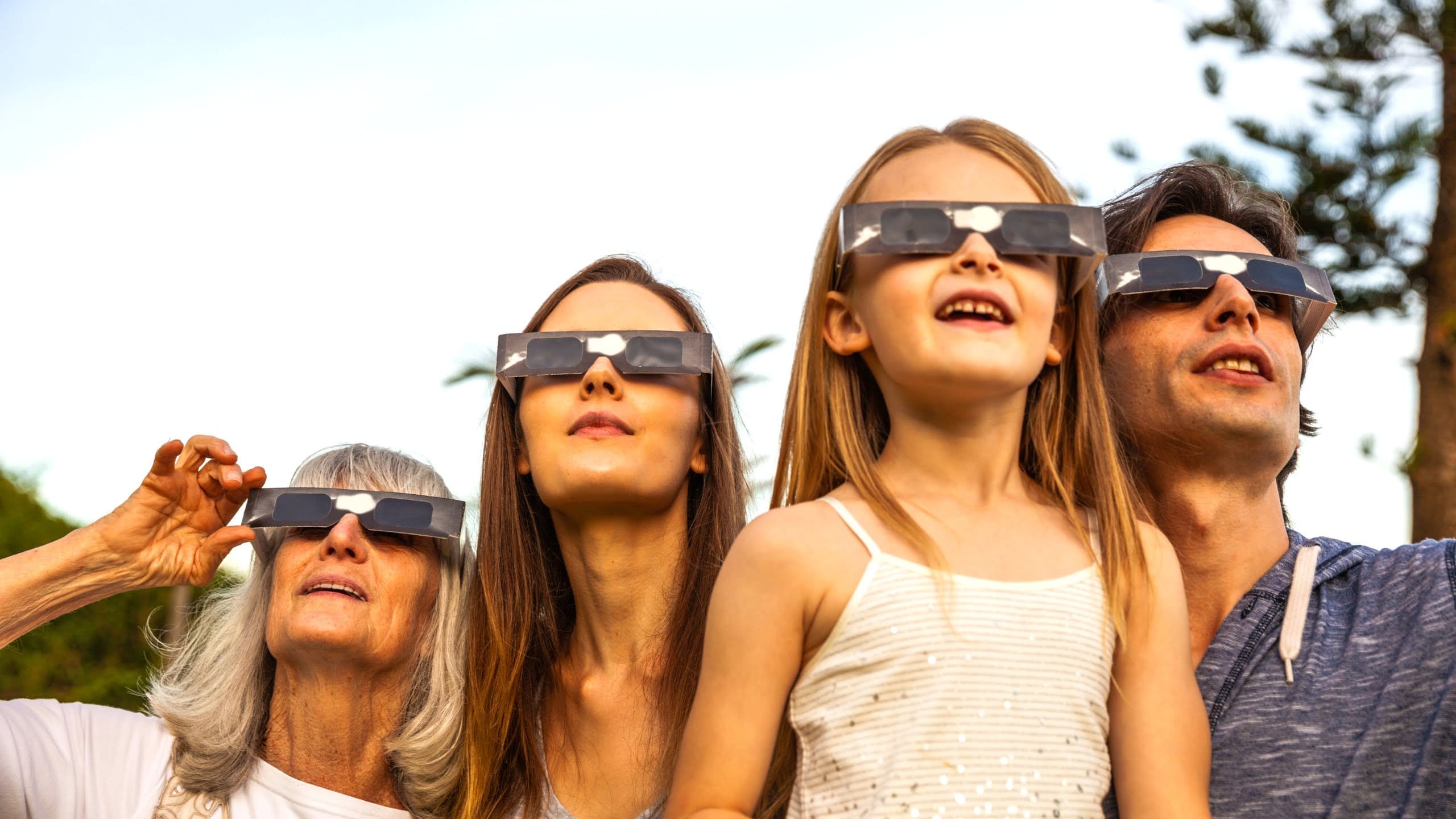

Blog
& Articles
Integer posuere erat a ante venenatis dapibus blandit tempus porttitor.
Maecenas faucibus mollis interdum. Lorem ipsum dolor sit amet, consectetur adipiscing elit. Nullam id dolor id nibh ultricies vehicula ut id elit. Donec sed odio dui. Donec sed odio dui. Cras justo odio, dapibus ac facilisis in, egestas eget quam. Nullam quis risus eget urna mollis ornare vel eu leo. Nulla vitae elit libero, a pharetra augue. Aenean lacinia bibendum nulla sed consectetur.
What are the 2024 Sunglasses Trends?
As summer approaches, Dr. Tavel is gearing up for sunny days and the latest 2024 sunglasses trends. Sunglasses aren’t just a practical accessory to protect your eyes from the sun, whereas they’re a statement piece that can elevate your entire look. While exploring the sunglasses trends, it’s fascinating to see how celebrities continue to shape […]
The Future of Transition Lenses: Transitions Gen S
Dr. Tavel is diving into the latest advancements that are transforming the way you see the world! We’ve all come to appreciate the convenience and functionality of Transitions® Signature Gen 8™ lenses. Their ability to provide your eyes with a better vision experience, better style and better protection. However, it is time to take your […]
How to safely watch the solar eclipse in Indiana
On April 8th, 2024, Indiana will be a hotspot destination for the total solar eclipse! Being prepared for this event is crucial, especially protecting your eyes. How To Watch the Solar Eclipse Safely in Indiana Solar filters, like solar eclipse glasses, are the only safe way to look directly at the sun. Before using your […]
Elevate Your Optometry Career with Dr. Tavel Eye Care
Here at Dr. Tavel, we care about our patients, our staff, and our community. Family-owned and operated since 1940, we have over 20 offices across Indiana. Our mission is to provide quality eye care products and services to all Hoosiers at an affordable price. Dr. Tavel Eye Care is rapidly growing and we want […]


Schedule an Eye Exam Today!
Prioritizing your eye health starts with scheduling an eye exam. Schedule your next visit online or by calling 844-GO-TAVEL.



